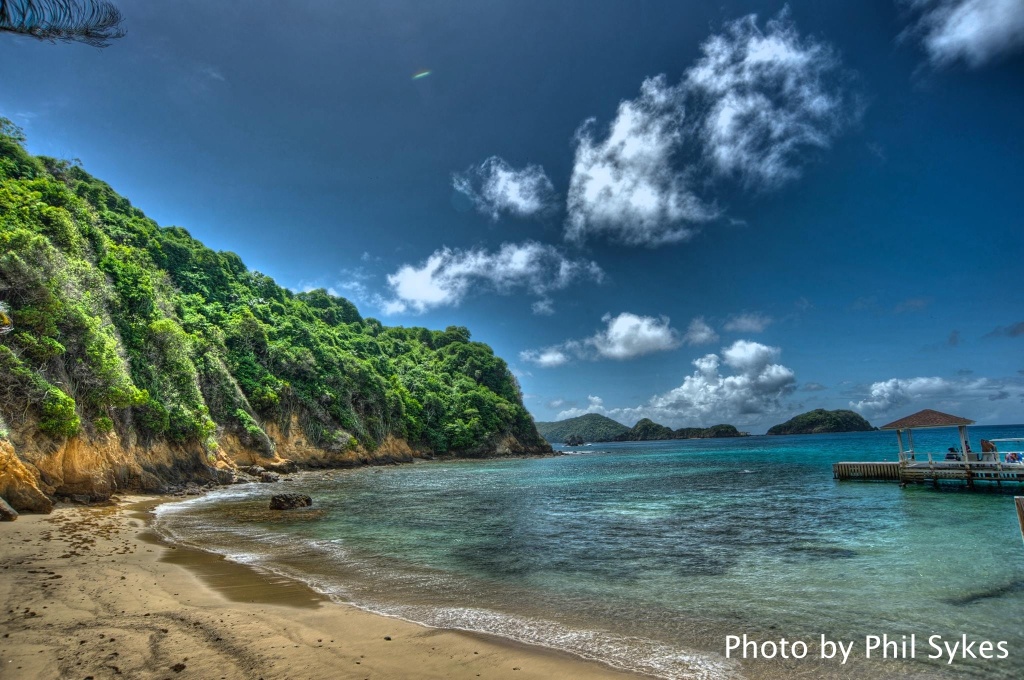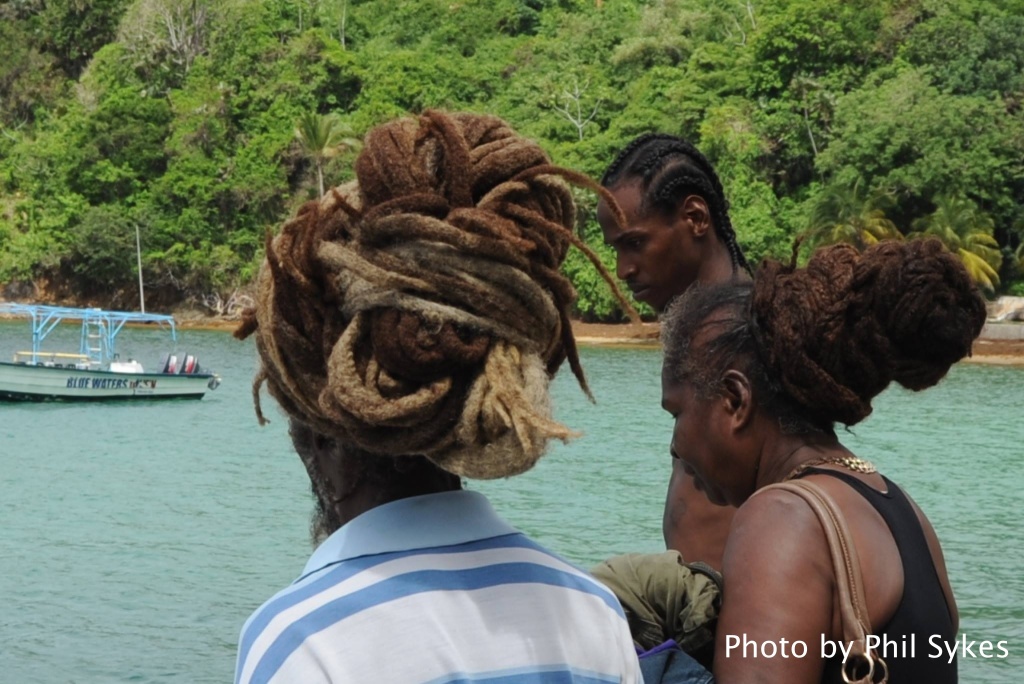Trinidad and Tobago is a twin island republic just off the northern coast of Venezuela. But its place in this world cannot be limited to geographic coordinates or size. Rather, its impact lies in the warmth and vitality of its people, its diverse culture, its soca music, and its oil.
Here is a brief look into the aesthetic beauty of these islands through the lens of talented photographer, Phil Sykes.








BEHIND THE LENS: A brief chat with the photographer.

Phil, tell me about your love of photography. Would you describe it as a hobby, or a passion?
It’s both a hobby and a release. I have a high-stress job with demanding responsibilities and photography helps to relax me because it frees my mind. It’s the only thing in my life that is totally unstructured and therefore it allows me to be creative.
With my camera, all I ever have to think about is ‘f stops’ and shutter speeds. (An ‘f stop’ is a quantitative measure of the size of the lens opening)
I’ve heard you say you feel naked without a camera. Is that really true?
Yes it is. I’m naturally an introvert but my camera allows me to be a part of an event and still remain an observer. Sometimes my equipment even acts as a conversation starter. Wherever I am, I look at the environment around me as a potential photo opportunity. I am constantly assessing light, shape, patterns and compositions so when I see something awesome and I don’t have my camera with me, I get MAD.
How does your smartphone factor in, if at all?
Because I always have my iPhone on me, it has become the quick fix solution to that feeling of nakedness that I described. Thankfully, with a few quality apps, you now can take pictures that come close enough to a shot from a Digital Single-lens Reflex (DSLR) camera.
You’ve mentioned that you’ve started experimenting with different special effects apps. What is your favourite, and why?
My current favourite ‘gimmick’ is a processing technique called High Dynamic Range (HDR). It allows me to manipulate a picture in a way that better mimics what the eye actually sees. The eye is much more powerful than a camera lens as it instinctively adjusts to large variances in shadow and bright light, and then processes that data.
HDR is a method of combining a number of shots of the same scene, each taken with a slightly different exposure setting. The end result is a photo that balances shadow and light in a more natural way, which ultimately brings out an amazing level of detail.
The technique is frowned upon by some in the industry because they claim it relies too much on technology thus taking away from the skill of the photographer. I disagree. I believe that HDR complements and enhances the photographer’s skill. It has its place as one among many photography techniques.
What subjects do you enjoy shooting most?
I have two preferred subjects; family and friends in a controlled studio type environment, and travel and landscape photography. Both are very different and require separate skills.
I know you’re British and that you travel extensively. But you’ve been to this destination several times. Do you feel a special connection to Trinidad and Tobago?
The country has a special place in my heart not just because my wife is Trinidadian and my daughter was born there. Both islands have stunning landscapes and spectacular natural light. From beaches to mountains, rainforest to coconut tree plantation, and inner city life to Hindu Temples in the sea – there is so much to see and shoot!
Living in Dubai, I am used to very flat, dull light that is super bright. And there’s usually no clouds in the sky. Very often the visibility is also very poor. When I go home to Trinidad I can’t help but notice the clouds and the skies, the light, the very changeable weather, the cleanliness of the air and perfect visibility. Those elements create so many more opportunities for eye-catching photography.
You strike me as a gadgets man. So if your family and friends are reading this post, tell them what’s on your photography wish list for Christmas.
I do like me a good gadget, and photography has an awful lot to choose from. Honestly though, I’ve tried quite a few and then left them alone. I am a bit of a minimalist now. Check my gear bag and you will see that it is not that heavy. Two or three good lenses is all I really need.
The one thing I do need more of, is time. Time to practice and time to enjoy my hobby. Also, as photography is an ongoing learning experience I would welcome a gift of enrolment in one of the many specialist courses that are available. I am no expert, and my quest for knowledge is real. Anything that would allow me to continue to grow and get better at my craft would be appreciated.
____________
To look at his portfolio, you can visit his website at http://philipsykes.com. Or, to purchase high resolution versions of his Trinidad & Tobago images, and many others, you can email him directly at Phil.Sykes3@gmail.com. (He has so many stunning photos, it was HARD to select only eight)

